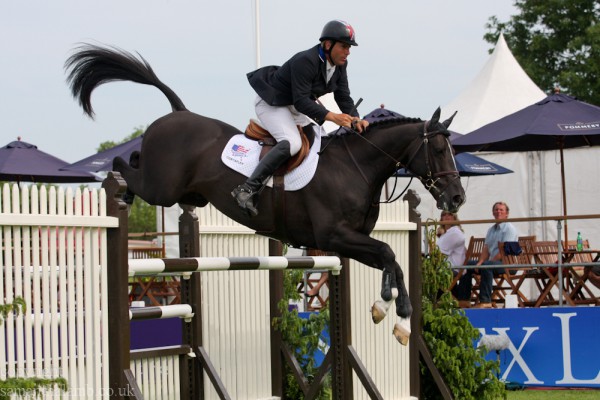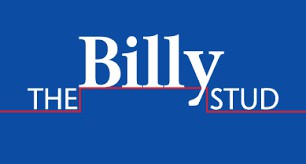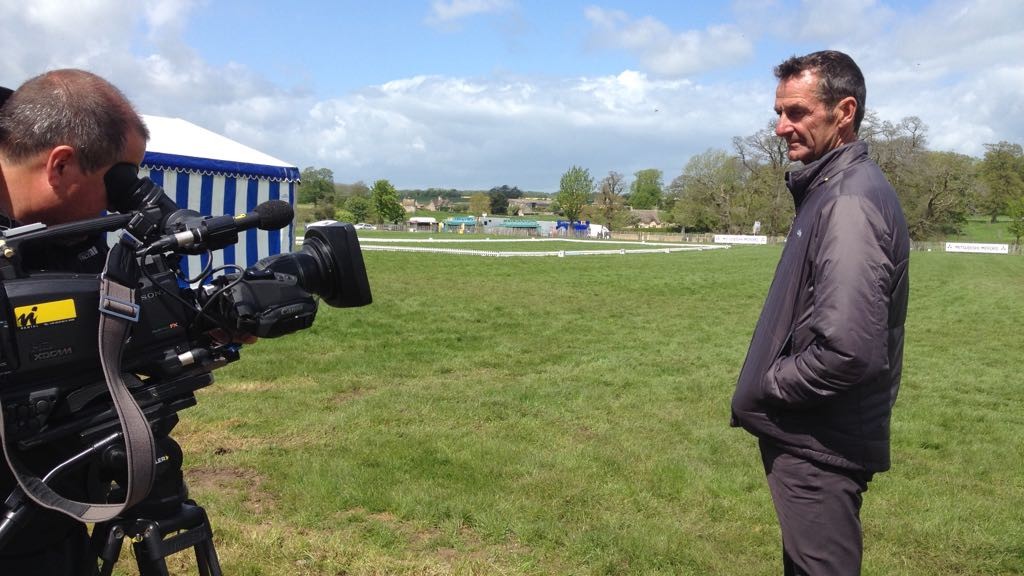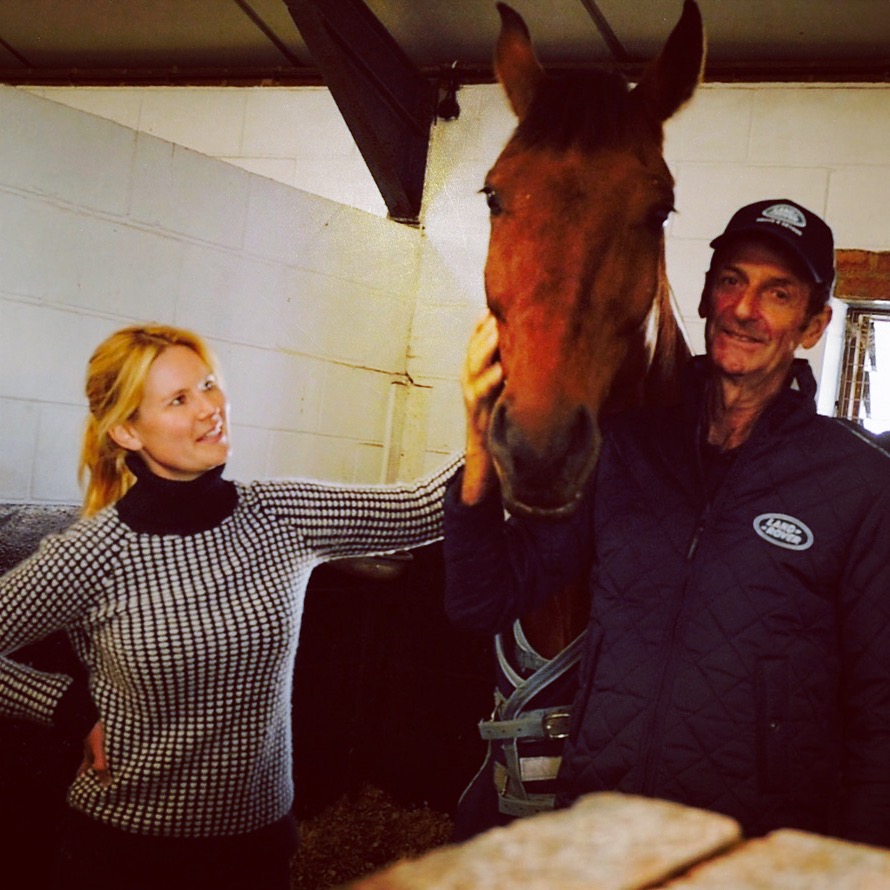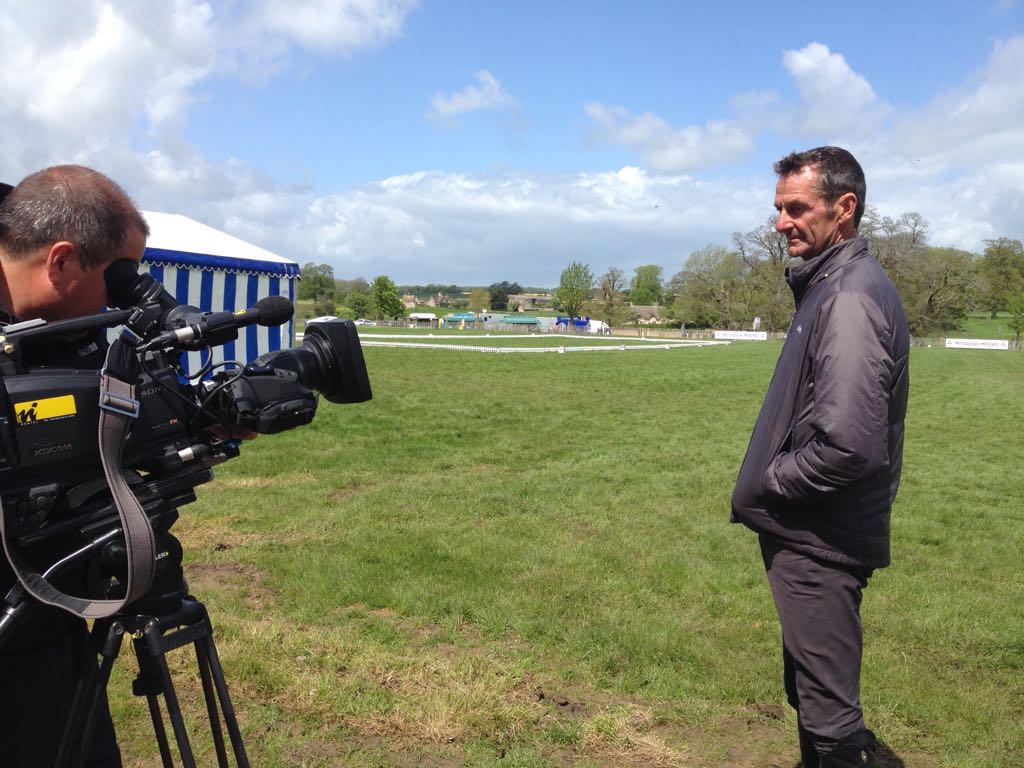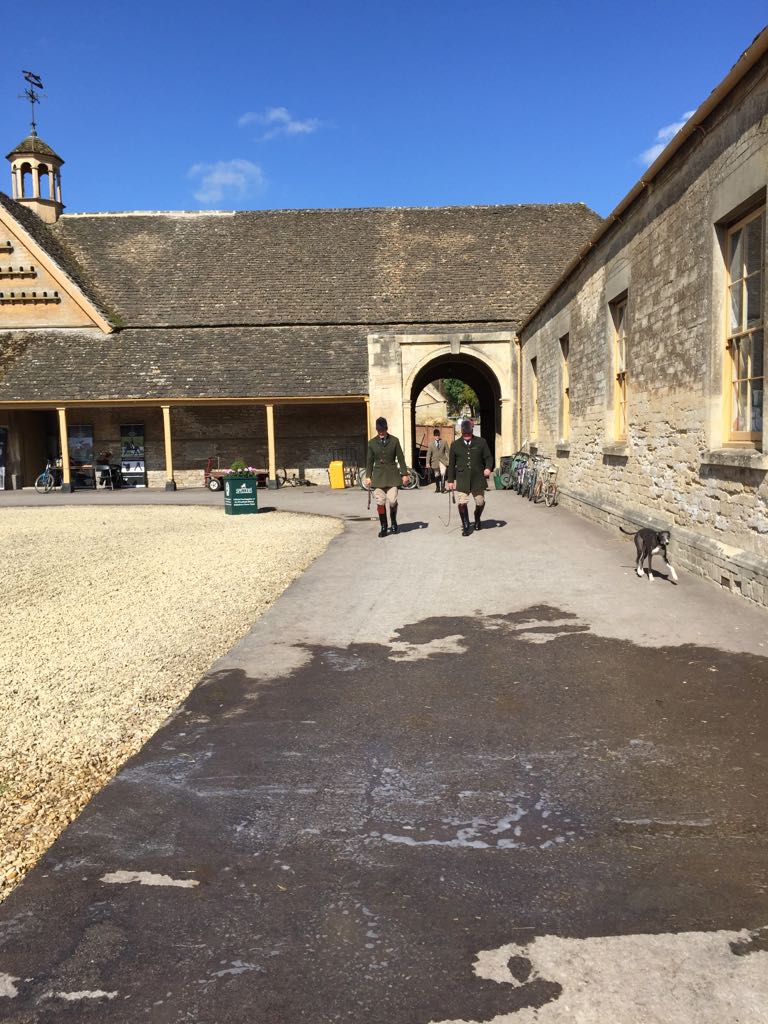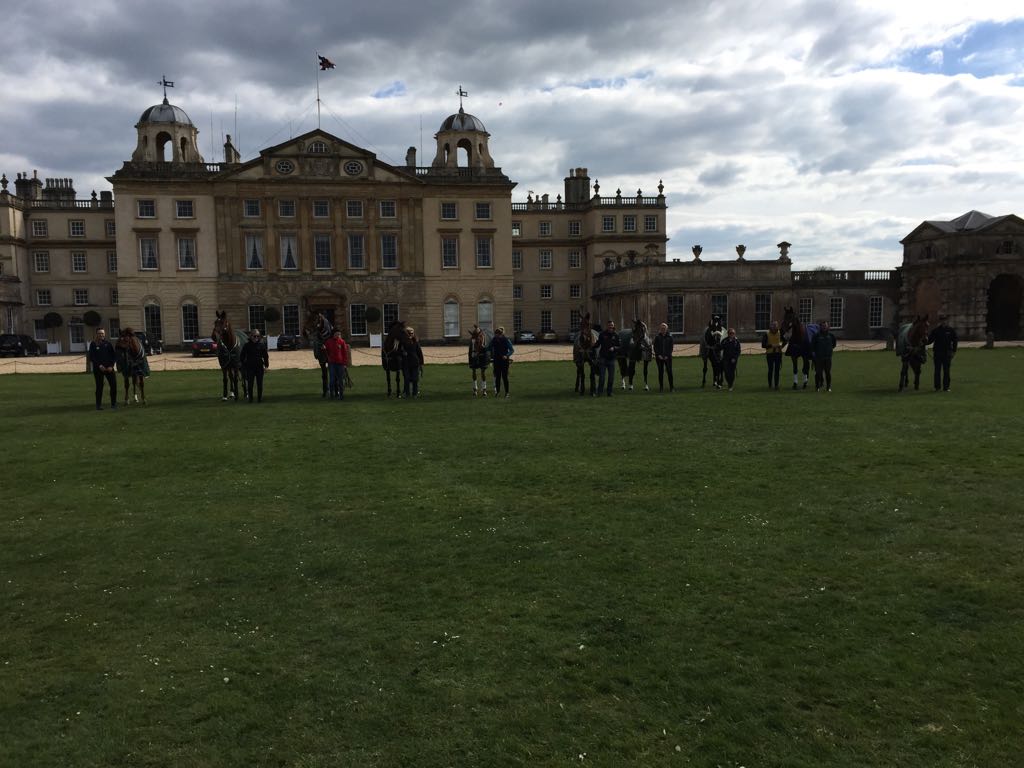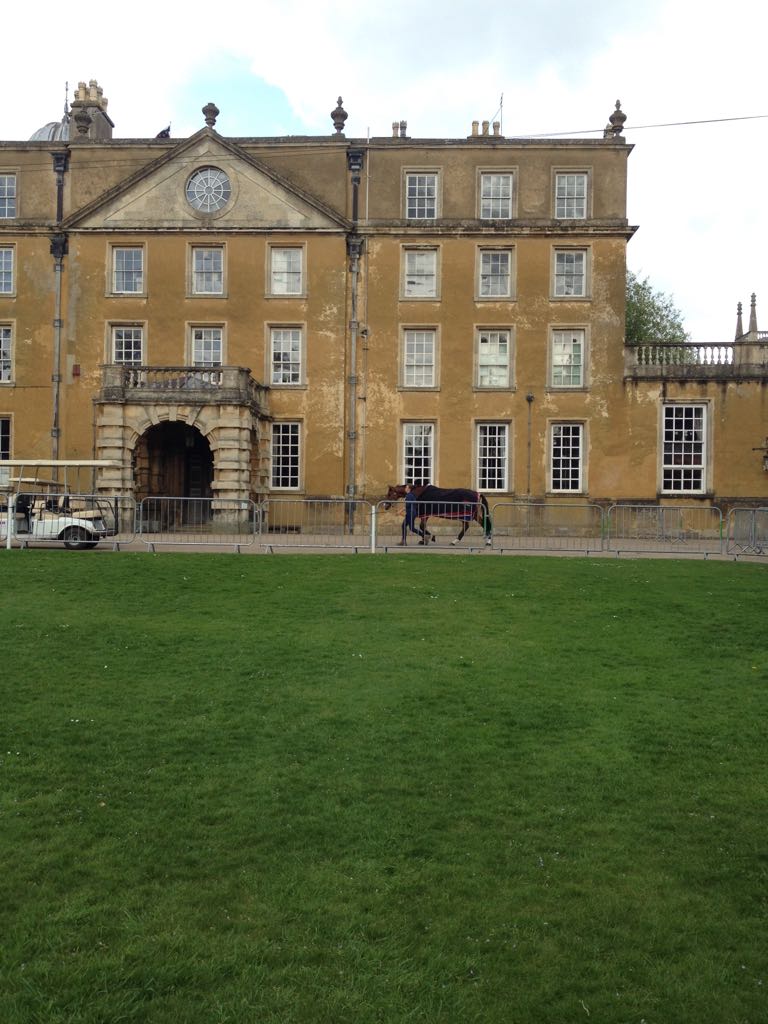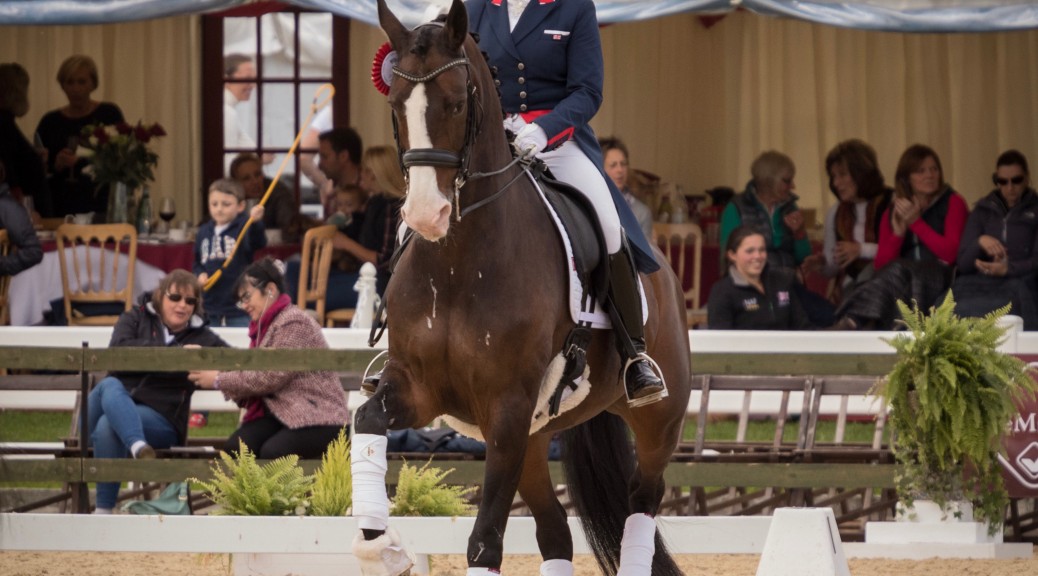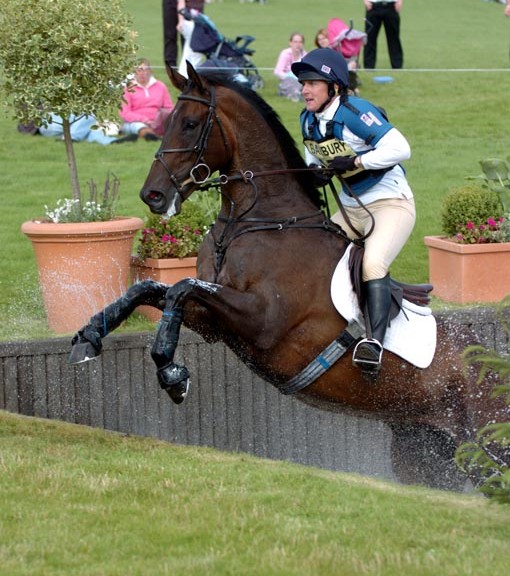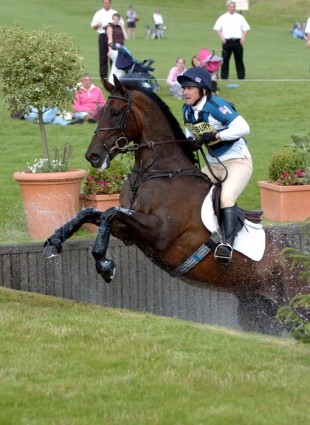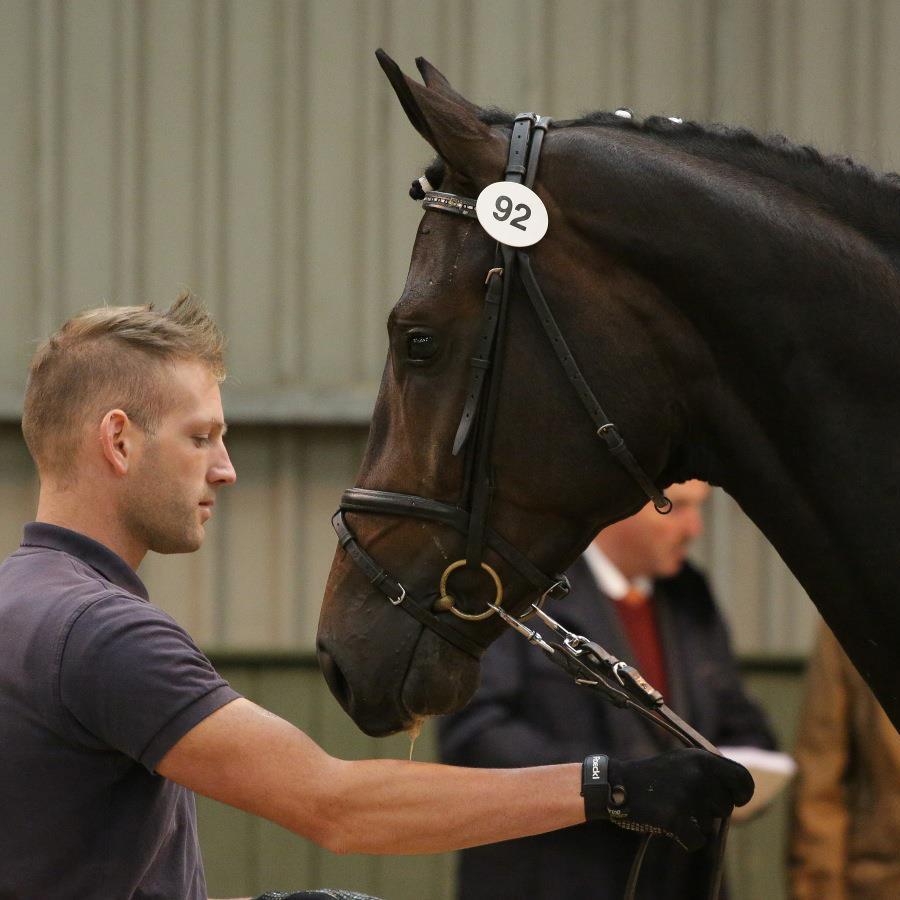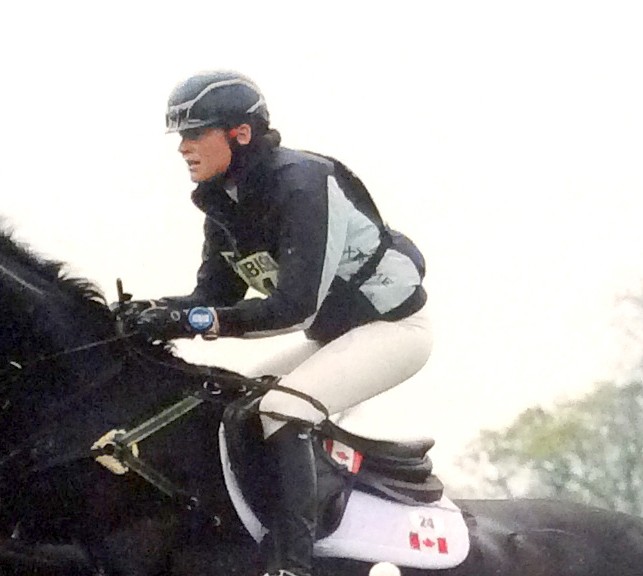William Funnell in the hot seat: how to select a young show-jumper and the state of the British market
The world renowned Billy Stud operation started 22 years ago. It has subsequently produced a great number of notable showjumpers and eventers with the Billy prefix. The Billy Stud was the brainchild of William and Pippa Funnell, together with renowned sport horse dealer Donal Barnwell, who relished an opportunity to use their combined experience from showjumping and eventing at the very highest level, to improve British sport horse breeding. They are now breeding around 80 foals a year. We caught up with William to discover more about the stud’s philosophy, what he looks for when evaluating young sport horses.
Conformation is key and can be evaluated at a young age according to William. “They must be straight limbed but not straight in the hock because they usually struggle to sit behind. The hind leg is important for power to push off the ground as is the back. Just as the front legs are important for landing so these need to be straight and strong. They are likely to stay sounder and we all know a lame horse is worth nothing.”
When assessing conformation, William always looks at the loading points of a horse – so the hocks, front limbs and feet. “If these are not correct in the young horse, they are going to wear out much quicker and the horse won’t last” he says.
“In terms of the paces, I’m not too worried about a flash trot for a showjumper but I do like to see a horse step up underneath himself with the hind leg. You can tell a lot about a horse from his canter, even at a young age. The hind leg should be active and naturally move underneath the horse, not out behind.”
Whilst William believes you can tell a lot about the quality of a horse as a youngster in terms of its physical attributes, he say it is harder to judge temperament and trainability in the young horse. “In my experience, the sensitive ones can often be the horses who learn the quickest, once they understand what you want them to do. Sometimes the young horses who at first seem a bit aggressive, if you are quiet and build their trust once they realise you are a friend, they can become the nicest ones and often the horses you can build the best relationship with. They just need to let you in.”
William would not consider buying a horse without X-rays, of any age but he is prepared to take a view on the findings. “X-rays are important for the long term especially in a young horse. I am less bothered about a chip of a bone spur and, if the horse is older with a good record, there is emphasis on completely clean X-rays, if the horse is sound whilst it has been worked and competed.”
The Billy Stud assess their youngsters regularly from the day they are born but they start being broken at three years old. “We start in March and send them to Will Plunkett who breaks five in a month. Before they go there, they will be handled well for a few weeks, loose jumped and X-rayed and we assess what we are going to put in the auction which happens in October.
The stud has held their own auction for the last two years now and are having great results. It is an online auction, whereby William, Pippa and Donal take a selection of the best three year olds and four to six years olds. Each one is fully assessed and X-rayed by an independent vet and potential buyers can come to see the horses in the flesh before choosing whether to put in a bid. The horses under saddle are also available to be tried. Videos and profiles of each horse is available online for those unable to view and brave enough to take a punt without seeing the horse. All X-rays and vettings can be released to prospective buyers for their own vet to evaluate.
William prefers to sell the Billy babies directly through their auction rather than sending them to others in the UK and abroad. “This way we are responsible solely for the quality of our own horses as it can be a real mixed bag at other sales. People trust us and know that we are not going to misrepresent what we are selling. It has proved a success so far because people are seeing the Billy horses out performing now. They can come here and see 15 or more horses plus the vettings and X-rays and with an online auction, they under no pressure. It saves them time and money”.
Typically, they offer 15 three year olds and 15 four to six years olds in the auction. The majority are potential showjumpers but many would either showjump or event. The Billy Stud have always bred the modern sports horse with top level sport in mind, which means plenty of blood. William explains that they have bred this way owing to the way showjumping has evolved over the last twenty years. “Showjumping has changed, you have more technical courses where horses are required to shorten and lengthen. The format of Championships, the World Cup and Global Champions competitions mean that you need stamina as well as athleticism and plenty of blood. Nimble horses also tend to stay sounder as they are lighter on their feet. Gone are the days when an old fashioned heavier horse like Ryan’s Son could win a big class” he explains.
“At the same time, with enough blood in our stallions and mares, many of these horses are suitable for eventing which has also changed over the years. Eventers require more movement and scope to win a class now.”
The Billy Stud recently held their stallion viewing day as profiled on Horse Scout. Whilst there was a lot of positive feedback, William highlights that there were less commercial breeders than might be expected at the stallions days held on the Continent: “we sent Billy Congo to the VDL stallion viewing in Holland and there were 4000 people or more, whilst we had under 100”.
He believes this a reflection of British breeding generally. “We need to encourage more people to breed commercially. You see abroad, people enjoy breeding and are making money from it. With the UK farming industry struggling, perhaps more people should consider using this land for breeding quality horses.”
“The Billy Stud are big supporters of Horse Scout” says William. “We have always used them to advertise our stallions and our events. In fact they make up a large part of our stallion marketing campaign because we have had great results.”
To discover more about the Billy Stud visit their profile on Horse Scout:

